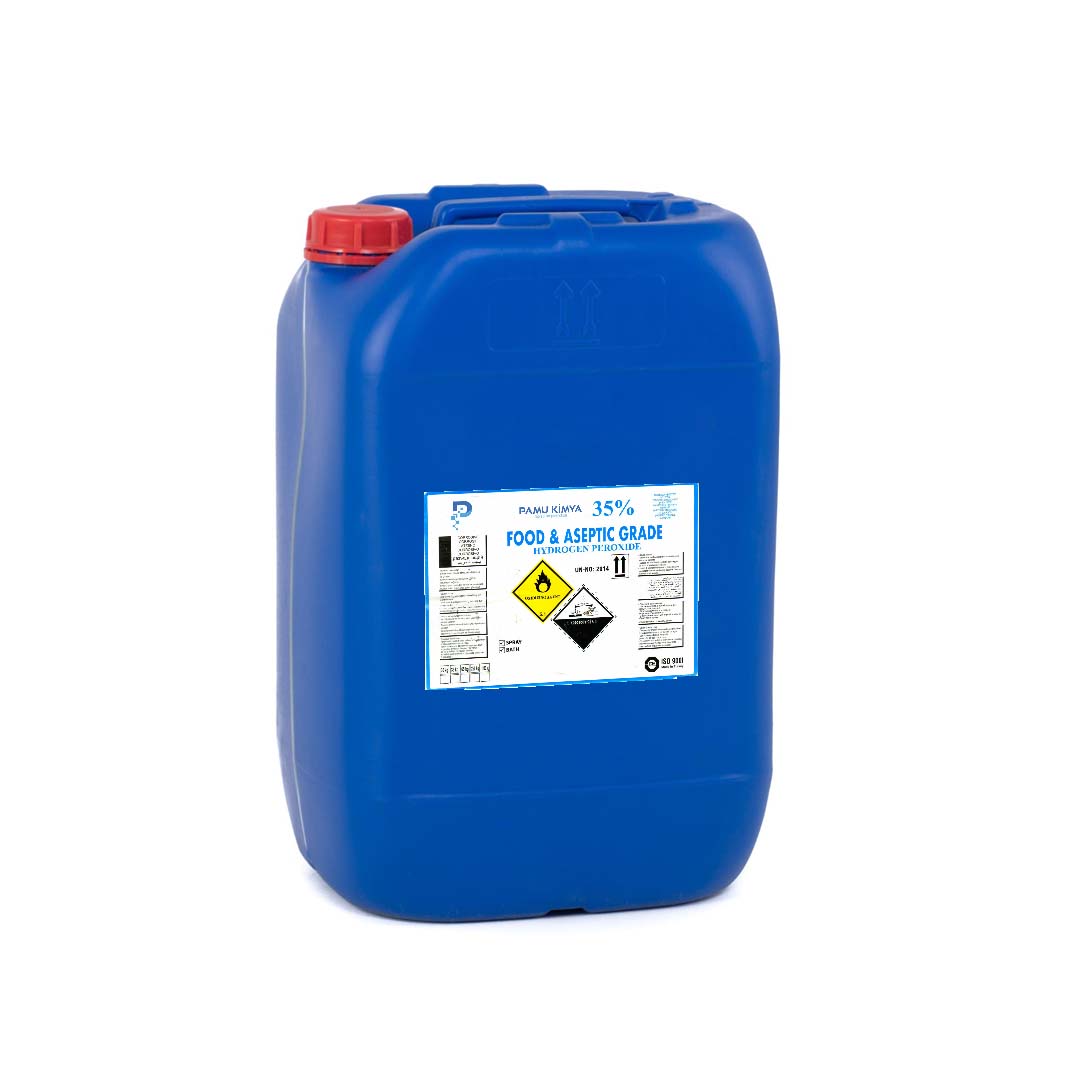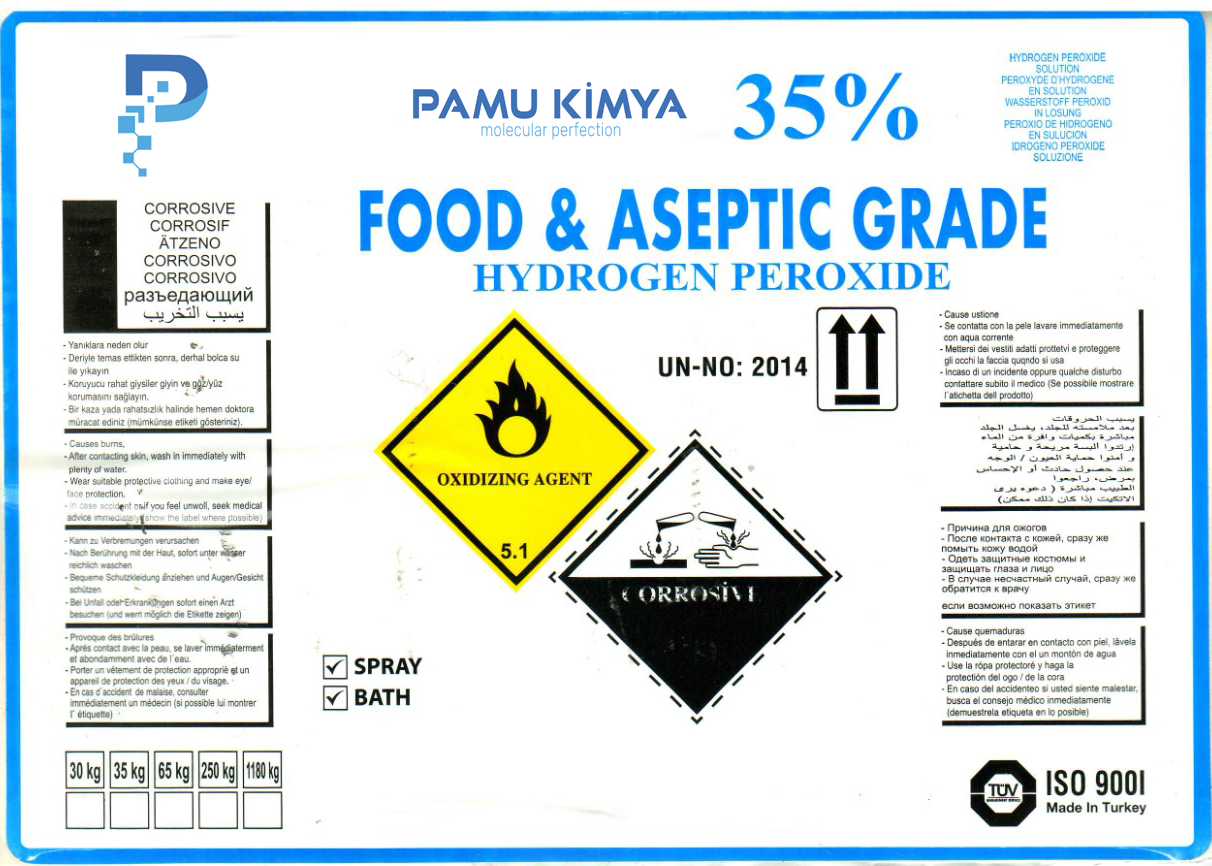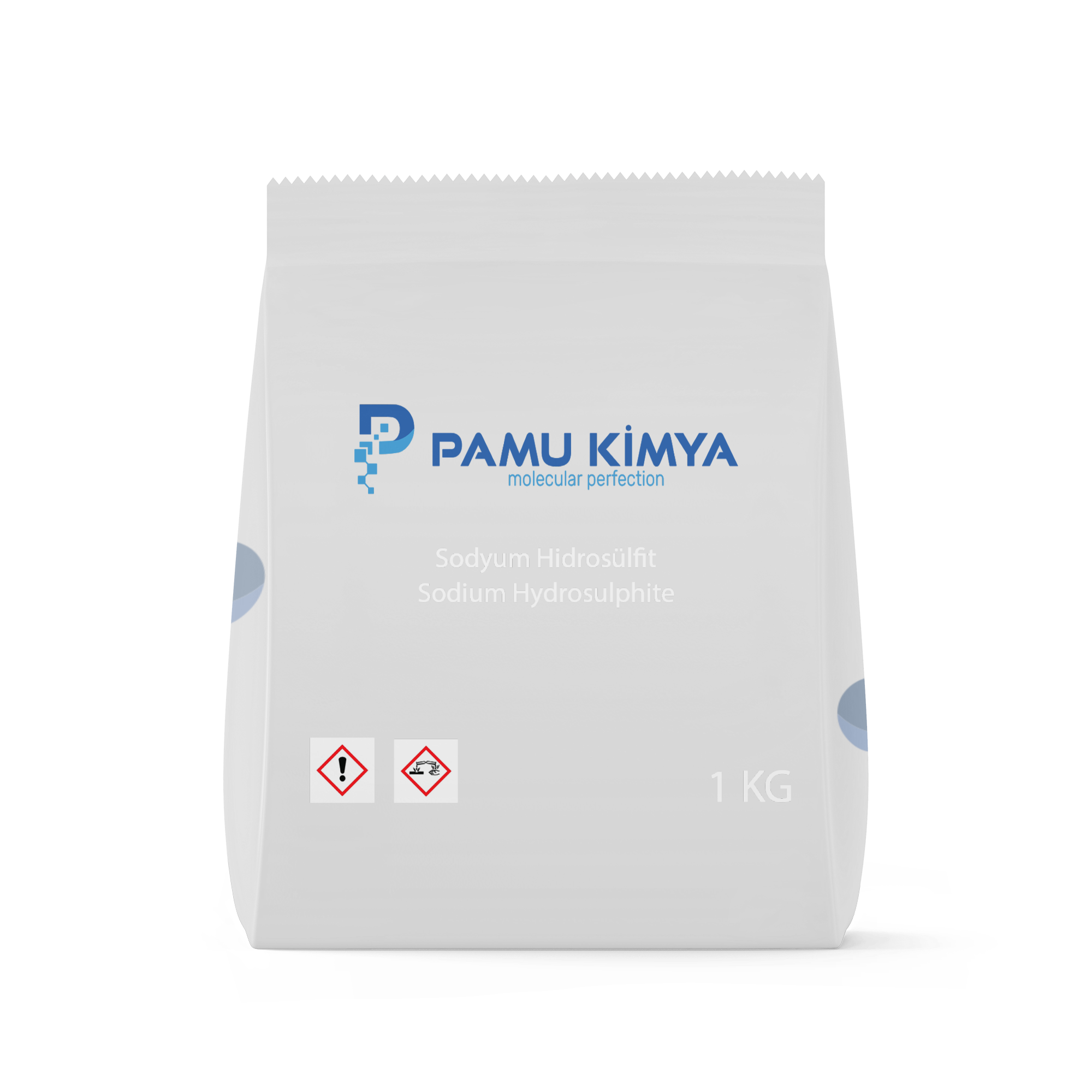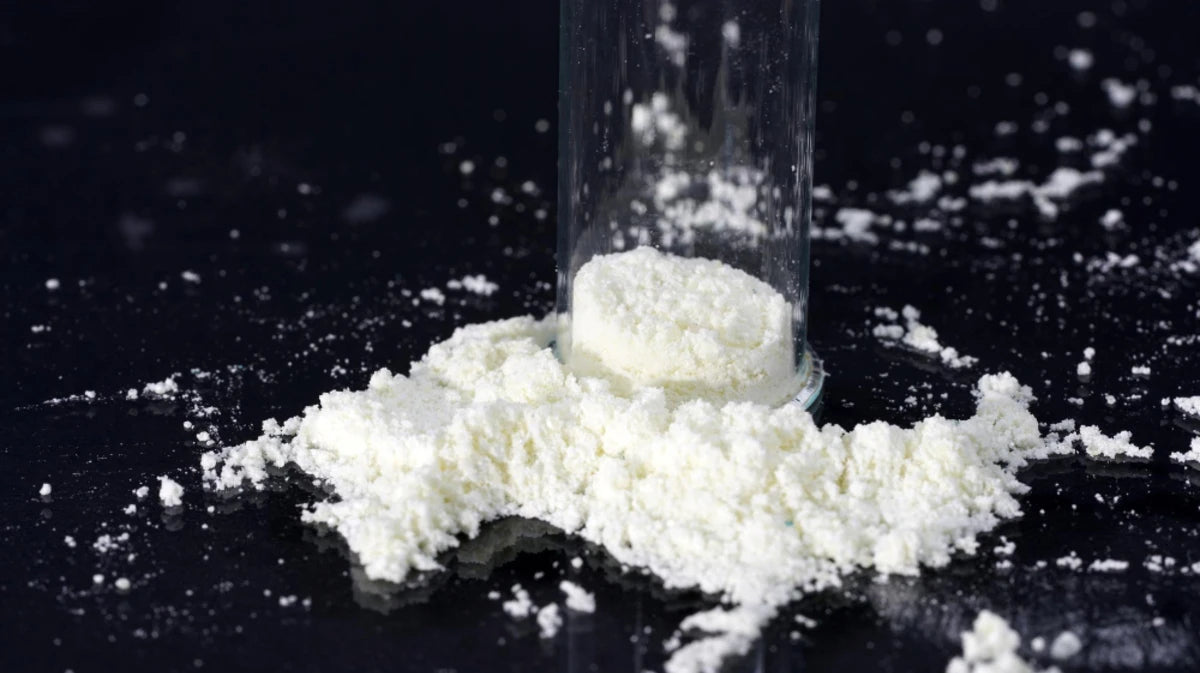
Potassium
Potassium is an alkali metal with the symbol K and is located in the first group of the periodic table. Potassium, with atomic number 19, is a soft, silvery-white metal. It is not found in nature in its free form; it is usually found in the form of mineral salts. Potassium is vital to biological systems and plays a fundamental role in plant, animal and human life.
Chemical Properties of Potassium
Potassium is a very chemically reactive element. It oxidizes on contact with air and reacts violently with water to produce hydrogen gas.
Some basic chemical properties of potassium:
-
Electron configuration: [Ar] 4s¹
-
Density: 0.86 g/cm³ (floats on water)
-
Melting point: 63.5 °C
-
Reactivity: It is one of the most reactive elements among the alkali metals.
The Role of Potassium in Nature and Biology
1. Its Role in Nature
Potassium is an abundant element in the Earth's crust and is usually found in the form of mineral salts. Compounds such as potassium chloride (KCl) and potassium nitrate (KNO3) are natural sources of potassium. These compounds are widely used in the agricultural, food, and chemical industries.
2. Biological Role
Potassium is a very important electrolyte in the human body and plays a role in several physiological functions:
-
Nervous system: Plays a key role in transmitting nerve impulses and muscle contraction.
-
Intracellular level: Potassium is one of the main positively charged ions within the cell and plays a critical role in maintaining water balance and acid-base balance.
-
Blood pressure: Adequate potassium intake helps prevent hypertension.
Industrial Applications of Potassium
Potassium is used in various industrial areas:
-
Agriculture: Potassium is an essential nutrient in plant nutrition. Potassium salts are used in the production of many commercial fertilizers. Potassium nitrate (KNO3) and potassium sulfate (K2SO4) are compounds commonly used in agriculture.
-
Chemical sector: Potassium hydroxide (KOH) is used in the production of soap, detergent and battery electrolytes. Additionally, potassium permanganate (KMnO4) is effective in water treatment and disinfection processes.
-
Food industry: Potassium salts are used as food additives. Potassium sorbate is widely used as a preservative in foods.
-
Glass and ceramics: Potassium carbonate is used in the production of glass and ceramics. This increases the strength and transparency of the glass.
-
Pyrotechnics: Potassium nitrate is used as a base compound in the manufacture of fireworks and other explosives.
Potassium Deficiency and Excess
Deficiency Situations
It can occur due to potassium deficiency (hypokalemia), excessive sweating, poor nutrition, or diuretic use. Symptoms:
-
Muscle weakness and cramps
-
Heart rhythm disorders
-
Fatigue and weakness
Redundancy Situations
Excess potassium (hyperkalemia) usually occurs as a result of kidney disease or excessive potassium intake. Symptoms:
-
Heart rhythm disorders
-
Muscle weakness
-
Respiratory problems
Safe Use of Potassium
Potassium sources are extremely beneficial when consumed in the right amounts. The daily potassium requirement for adults is between 3,500-4,700 mg.
-
Excessive potassium supplements should be avoided.
-
Individuals with kidney disease should consult a doctor regarding potassium intake.
POTASSIUM DERIVATIVES
AGRICULTURE
The increasing global food demand is one of the biggest challenges of the coming years. Potassium Derivatives contribute to the solution in the following ways: Potassium Hydroxide solution and Potassium Carbonate solution are used in liquid complex fertilizers for high-quality greenhouse crops and in open-air farming in drylands. Potassium Carbonate and Potassium Bicarbonate are used as building blocks in the synthesis of many plant protection compounds. Potassium Bicarbonate is used as a biological, residue-free fungicide on all grapes and apples.
FEED ADDITIVES
The demands for increased milk yield and milking efficiency to feed the growing world population continue to increase. Potassium Carbonate plays a vital role: K2CO3 of potassium electrolyte Supplementation with helps compensate for higher losses in dairy cows during heat stress.
PHARMACY AND HEALTH
The pharmaceutical industry contributes significantly to the treatment of diseases and therefore to health and well-being. Also here, Potassium Derivatives play their part: Potassium Hydroxide and Potassium Carbonate are used in the synthesis of active pharmaceutical ingredients. KHCO3 is used as a pharmaceutical excipient to increase the capacity to maintain a certain pH level or as a sodium-free effervescence agent. Potassium Bicarbonate is also used as an Active Pharmaceutical Ingredient in the treatment of potassium deficiency.
HOME, LIFESTYLE AND PERSONAL CARE
Potassium Derivatives often act as secret agents in care products, making our lives more comfortable: unlike the poor solubility of Sodium Hydroxide , which only allows the production of solid soaps, there is the elegance of Potassium Hydroxide and its solubility in liquid soaps. Potassium Hydroxide is used in the cosmetics and skin care industry as a pH adjuster or buffer in a wide variety of formulas, including bath products, cleaning products, fragrances, shampoos, shaving products and skin care products.
GENERAL INDUSTRY
General Industry covers a wide range of products used in different sectors. The presence of Potassium Derivatives may not always be obvious, but they play their role here too: The deformation of airport runways, which ensures safe travel also in winter, is mostly done in Europe with potassium formate. Potassium silicate , produced from Potassium Hydroxide and K2CO3 , acts as a binder and a fluxing agent in welding rods. Potassium phosphates, produced from Potassium Hydroxide, are used throughout the textile industry, in metal surface treatment, in paper processing and in water treatment. In special glass, Potassium Carbonate offers improved properties for greater electrical resistance, higher refractive index, greater brilliance, lower softening point and a wide temperature operating range.
FOOD AND BEVERAGE
Many Potassium Derivatives play an important role in making our food more palatable or easier to preserve: Potassium salts obtained from KOH, such as potassium benzoate , potassium citrate, potassium lactate and others, are used as food preservatives, acidity regulators and sequestrants in processed foods. Potassium Carbonate is used to alkalize cocoa powder, thus giving it a darker brown color and a lighter flavor, while increasing its solubility, in other words making it easier to mix with liquids. For the production of raisins, K2CO3 allows a faster and better controlled drying process of the grapes, giving them their typical golden color. Potassium Bicarbonate is used as a low sodium alternative to Sodium Bicarbonate in the pH control of foodstuffs, as a leavening agent in bakery products , as an effervescent agent and/or potassium source in sports drinks or as an acid neutralizer in wines.















